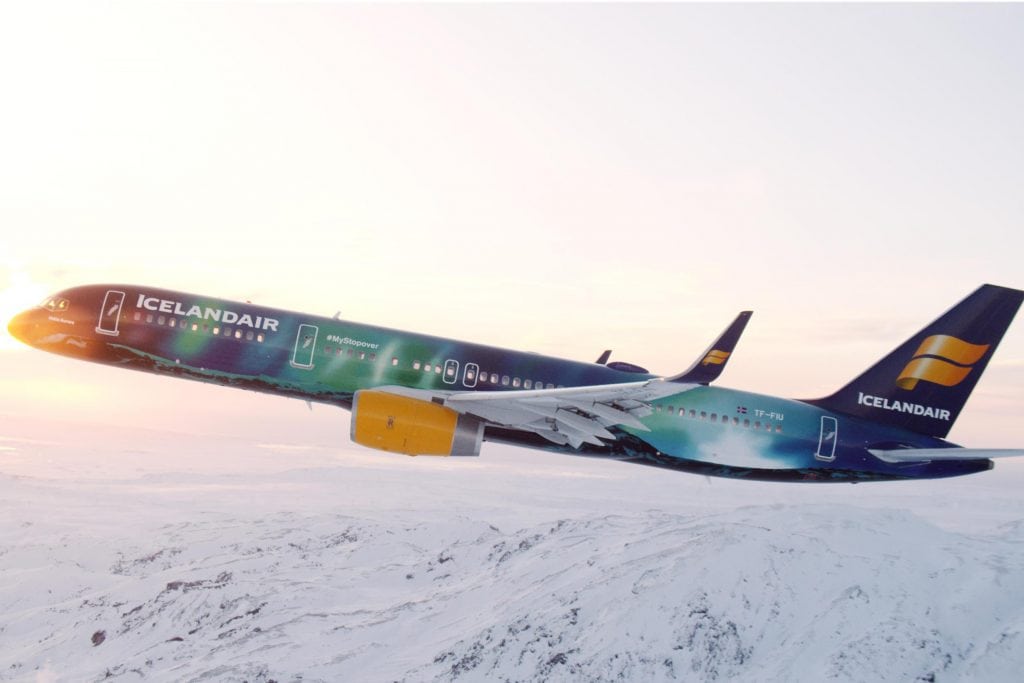Icelandair Struggles Despite a Hot Local Tourism Market

Skift Take
Iceland should be a good air market right now. But increased competitive capacity is putting major pressure on Icelandair. The carrier's new CEO is going to have to find a way to get the airline back on track.
Iceland may be one of the world’s hottest tourism markets, but the country’s leading airline is performing worse than expected, particularly on North American routes. Its CEO took the blame this week, resigning after the company announced it expects to report weaker-than-expected financial results for the year.
Despite its small population, Iceland probably should be a stronger market than ever. It's a place people want to go, and a logical stopping point for travelers flying between the United States and Europe.
But the dynamics of the market have changed markedly in the past five years, as carriers have dumped capacity into the country. Foremost, Icelandair and its newish local low-cost competition, Wow Air, have been on a U.S. growth binge, fighting over passengers in several cities, including Cleveland, Dallas/Fort Worth, New York, and Baltimore.
Meanwhile, U.S. carriers — which had long ignored Iceland — have been adding their own flights to the destination, while also lowering fares on transatlantic routes.
With American Airlines, Delta Air Lines, and United Airlines now offe
